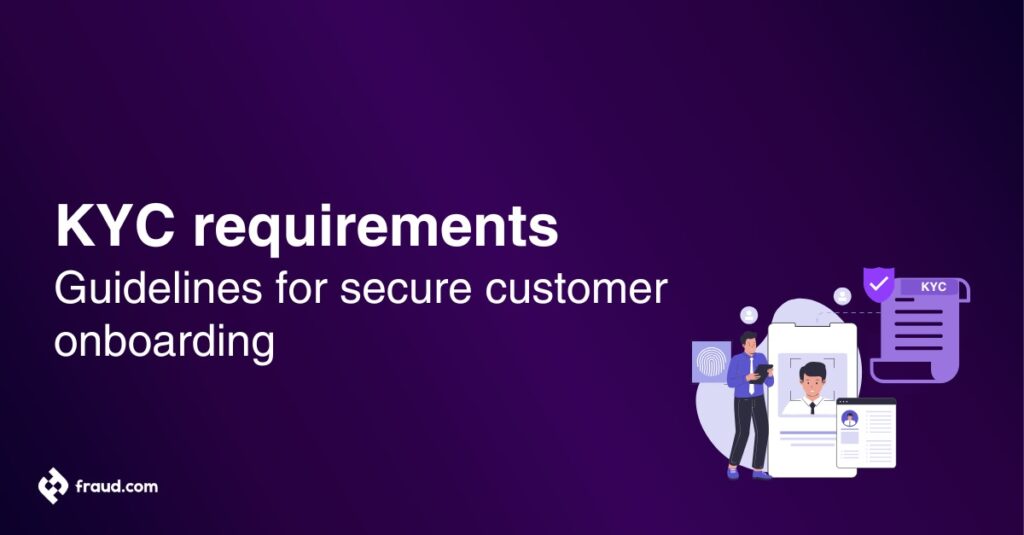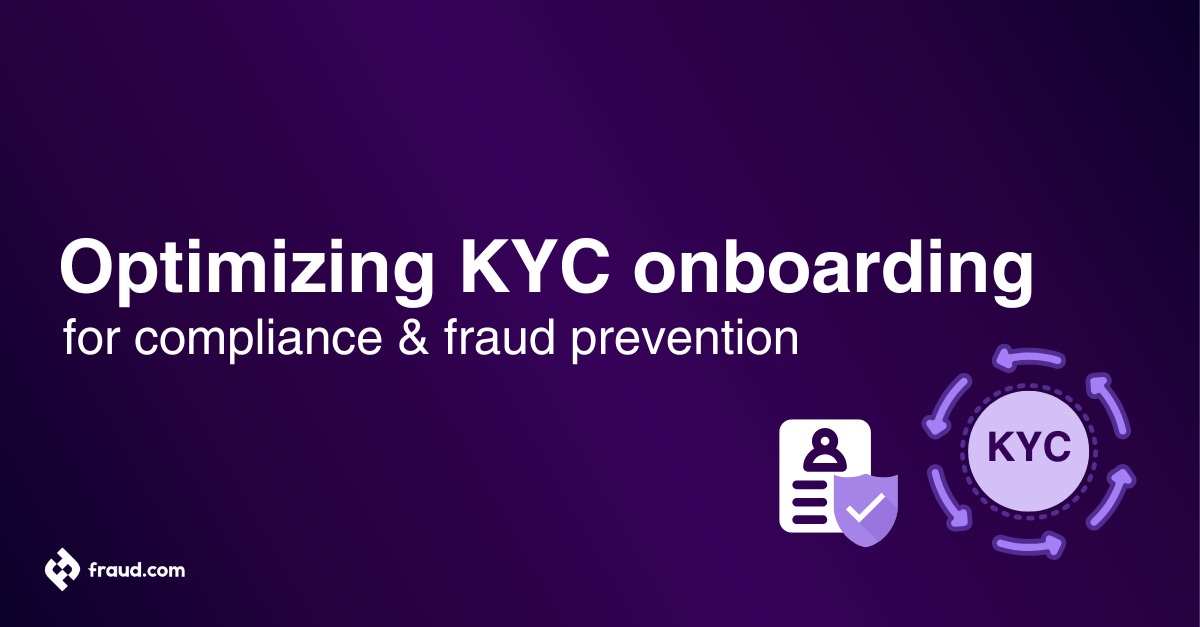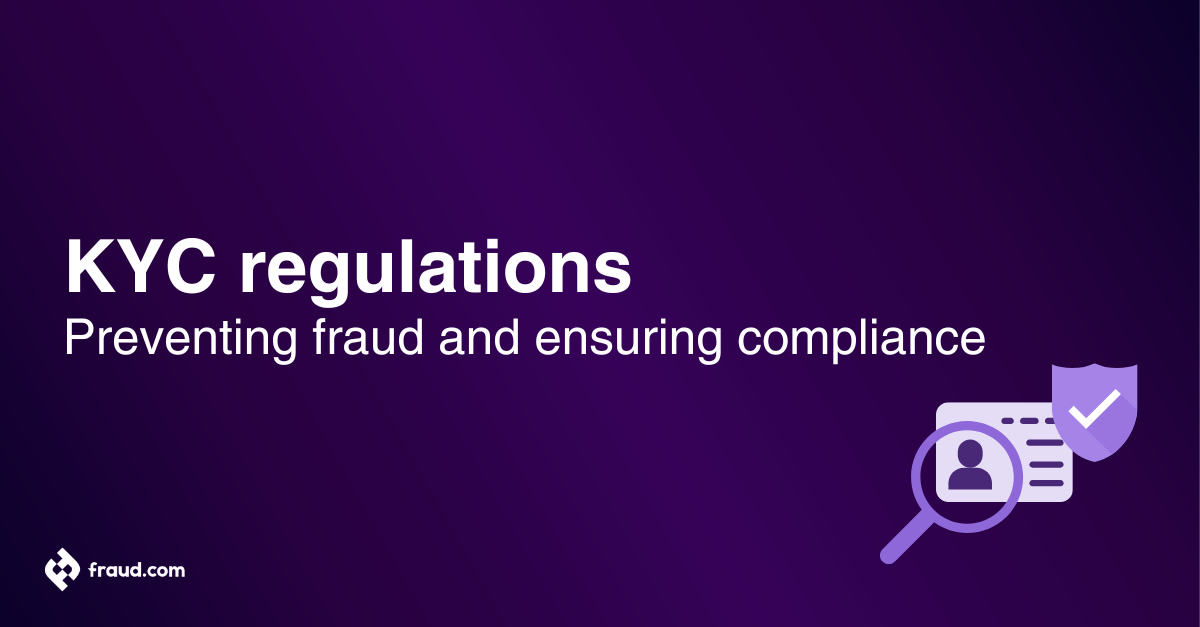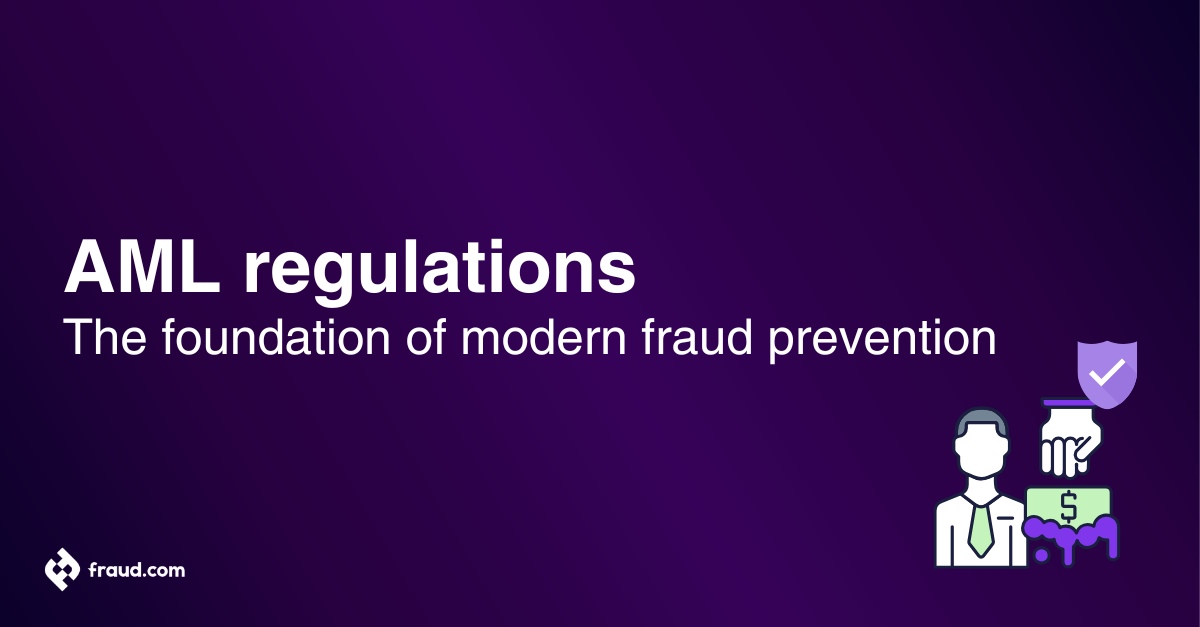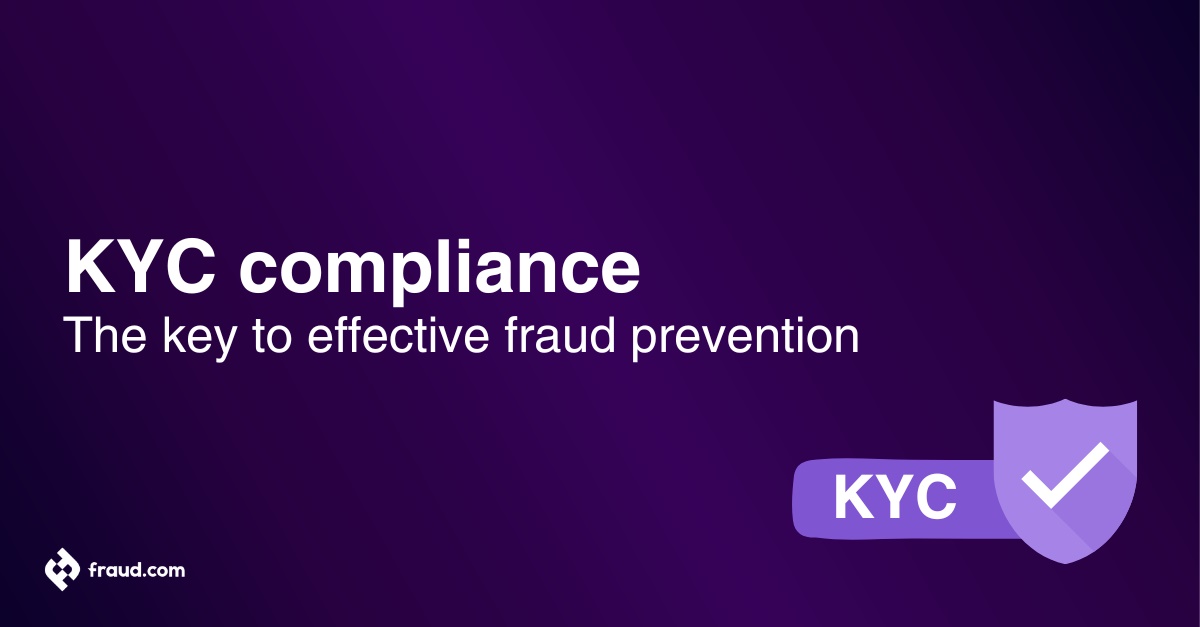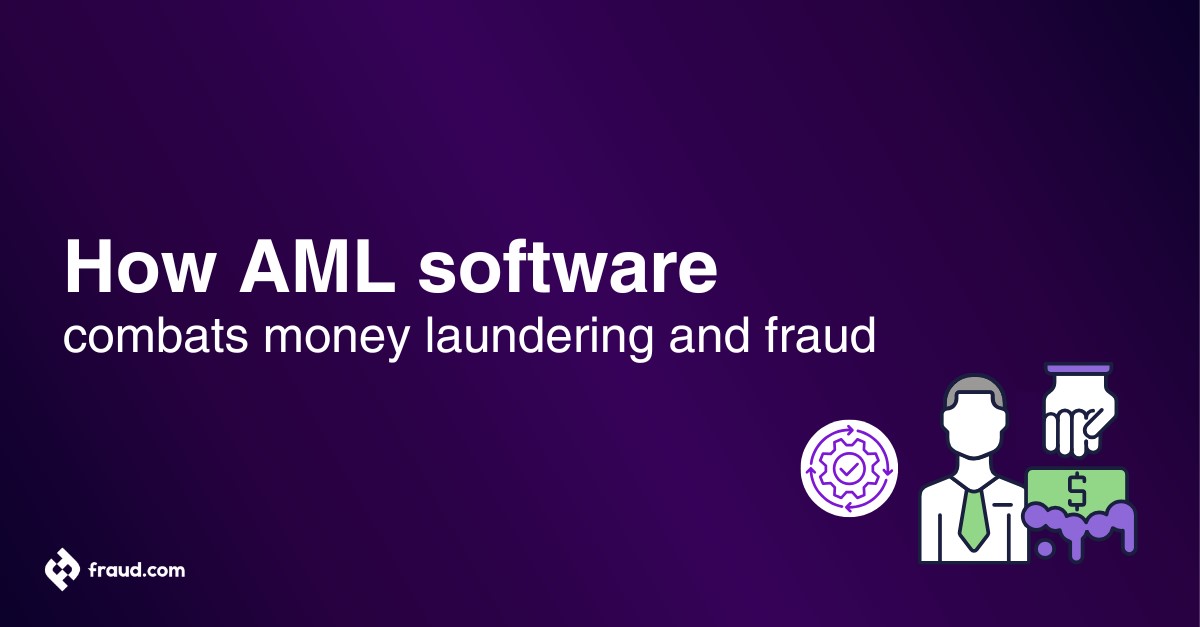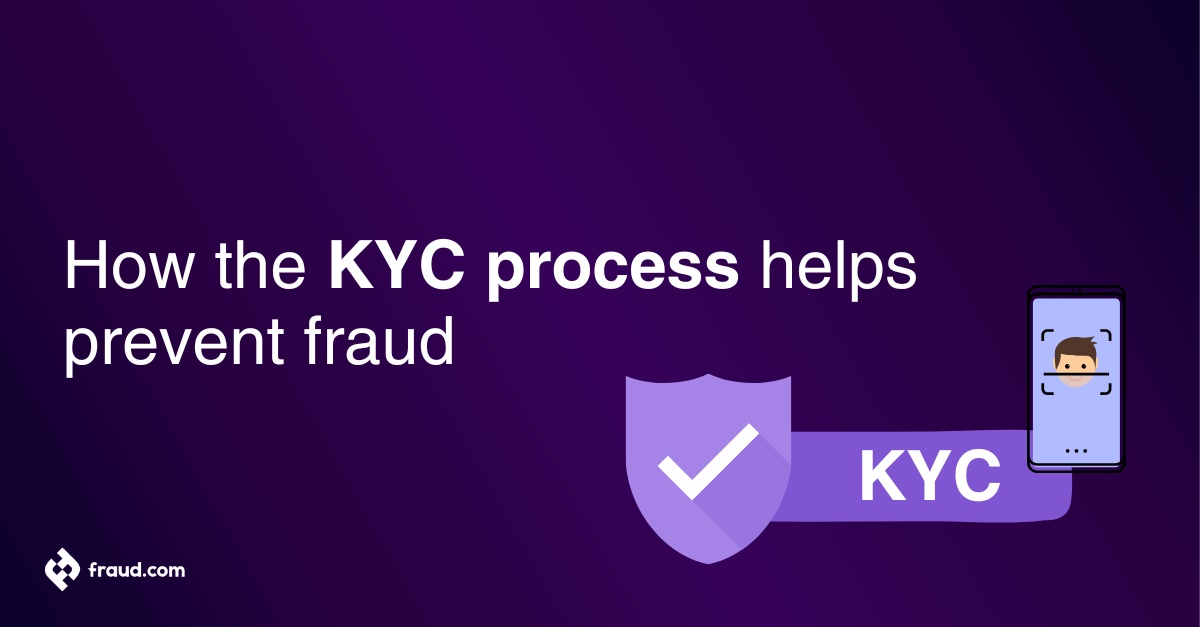Establishing trust with customers starts with knowing who they are. Know Your Customer (KYC) requirements help businesses do just that, by verifying identities, preventing fraud, and ensuring compliance with regulations. Applying these requirements effectively protects companies from risks like money laundering and identity theft while fostering stronger, more genuine customer relationships. In this article, we’ll break down the fundamentals of KYC and share practical tips for navigating this essential part of modern business.
Table of Contents
ToggleWhat is KYC?
Know Your Customer (KYC) is a process businesses use to verify their clients’ identities. It plays a crucial role in risk management, helping organizations prevent fraud, money laundering, and other illegal activities. By understanding who their customers are, businesses build trust, ensure transparency, and stay compliant with regulations. KYC isn’t just a regulatory requirement, it’s a key step in onboarding customers and creating secure, legitimate interactions that protect both the business and its clients.
What are KYC requirements?
KYC requirements outline the essential steps businesses must undertake to confirm customer identities and ensure compliance with legal standards. While specifics may vary by region, the core elements commonly include identity verification, address confirmation, and checks on financial activities. A key aspect of KYC is Customer Due Diligence (CDD), which involves collecting and evaluating basic customer information to assess potential risks.
For higher-risk customers, Enhanced Due Diligence (EDD) may be required, involving more in-depth analysis and continuous monitoring to mitigate elevated threats. Companies often utilize advanced techniques such as document verification, biometric scans, and digital identity tools to satisfy these requirements. Beyond meeting regulatory compliance, effective KYC practices significantly strengthen customer trust and reduce fraud risks, thereby contributing to a safer and more reliable financial environment.
5 steps in the Know Your Customer (KYC) process
Each step of the KYC process plays a crucial role in establishing secure and transparent customer relationships. Here’s how it works:
1. Data collection and customer identification
The process starts by gathering basic personal details such as full name, date of birth, address, and nationality. Customers typically provide this information through digital forms or direct submissions during onboarding.
2. Document verification
Once the data is collected, businesses verify its authenticity by reviewing official documents like passports, driver’s licenses, or national ID cards. Many organizations use AI-powered verification tools to speed up the process and improve accuracy.
3. Risk assessment and profiling
After identity verification, businesses assess potential risks by analyzing financial behavior, transaction history, and background details. This helps identify any inconsistencies or red flags.
4. Continuous monitoring and reporting
KYC doesn’t end after onboarding, it requires ongoing monitoring to detect suspicious activity. Businesses should regularly review customer transactions and have clear protocols for reporting any unusual behavior to authorities.
5. Customer Due Diligence (CDD) and Enhanced Due Diligence (EDD)
The level of due diligence depends on the customer’s risk profile. Standard Customer Due Diligence (CDD) applies to most customers, while high-risk individuals undergo Enhanced Due Diligence (EDD), which involves deeper investigations and stricter scrutiny.
By following these steps, businesses not only comply with regulations but also strengthen security and build lasting trust with their customers.
What is KYC in the banking sector?
In the banking sector, Know Your Customer regulations protect financial institutions and beneficial owners from fraud, money laundering, and terrorism financing. Banks must verify customer identities before establishing relationships by collecting and confirming identification documents, proof of address, and details about their banking activities.
KYC helps banks comply with strict regulations while strengthening risk management and financial security. By using advanced verification technologies and continuous monitoring, banks can detect and prevent illicit activities more effectively. A strong KYC framework builds trust, ensures compliance, and allows banks to offer secure and reliable services to their customers.
What are the benefits of KYC?
Implementing Know Your Customer (KYC) protocols goes beyond regulatory compliance, it strengthens security, builds trust, and enhances business operations. KYC also plays a crucial role in efforts, helping organizations detect and prevent illicit financial activities. Here’s how KYC benefits businesses:
Prevents Fraud and Reduces Risk: KYC helps businesses verify customer identities and monitor transactions, minimizing the risk of financial crimes such as money laundering, terrorism financing, and identity theft. By integrating KYC with Anti-Money Laundering (AML) measures, organizations can proactively detect suspicious activities and take necessary action.
Builds Customer Trust and Confidence: A strong KYC process demonstrates a company’s commitment to security and integrity. When customers know their information is protected and handled responsibly, they are more likely to trust the business and maintain long-term relationships.
Ensures Regulatory Compliance and Avoids Penalties: Following KYC and AML regulations keeps businesses compliant with legal requirements, reducing the risk of hefty fines and legal issues. Compliance with KYC also enhances credibility and ensures smooth operations within the financial ecosystem.
Improves Customer Experience: Advanced KYC technologies, such as biometric authentication and digital identity verification, streamline the onboarding process, making it faster and more seamless. A smooth and efficient process enhances customer satisfaction and encourages loyalty.
Supports Data-Driven Decision Making: KYC generates valuable insights into customer behavior, risk profiles, and transaction patterns. Businesses can use this data to tailor services, refine marketing strategies, and strengthen risk management.
Strengthens Relationships with Regulators: Maintaining strong KYC and AML practices fosters a positive relationship with regulatory authorities, reducing the likelihood of audits and compliance issues. A well-structured compliance framework allows businesses to operate with greater stability and fewer disruptions.
A strong framework, integrated with AML measures, not only protects businesses from financial and reputational risks but also creates a foundation for sustainable growth and customer loyalty. In today’s financial landscape, KYC is more than a regulatory requirement, it is a vital tool for security and success.
Common challenges in KYC compliance
Businesses face several challenges when implementing KYC compliance. Keeping up with constantly changing regulations across different countries can be difficult, requiring continuous updates to policies and KYC procedures. Verifying customer identities can also be complex, especially when dealing with limited or inconsistent documentation.
Another challenge is balancing security with a smooth customer experience. Lengthy or complicated verification processes can frustrate customers and lead to abandonment. Additionally, managing large volumes of customer data while ensuring accuracy and security requires advanced technology and robust systems.
Despite these challenges, businesses can overcome them by investing in automation, staying informed about regulatory changes, and adopting efficient digital verification methods.
Navigating KYC compliance
KYC compliance is crucial for businesses, it requires financial institutions handling sensitive customer data. A strategic approach ensures regulatory adherence while preventing money laundering and terrorism financing.
Since KYC regulations vary across industries and regions, businesses must stay updated to avoid legal risks. A key requirement is the Customer Identification Program (CIP), which mandates verifying customer identities before establishing financial relationships. Strong KYC policies should include Customer Identification Program (CIP) customer due diligence, risk profiling, and screening for politically exposed persons (PEPs). High-risk individuals often require enhanced due diligence to prevent illicit financial activities.
Technology simplifies compliance by using AI-driven verification, machine learning, and automated risk assessment to detect fraud and strengthen security. Employee training is equally important, ensuring staff can identify risks, prevent money laundering, and manage high-risk customers effectively.
KYC is an ongoing process requiring continuous monitoring of transactions and regular audits to maintain compliance. Building strong relationships with regulators also helps businesses navigate evolving requirements. By taking a proactive approach, organizations can mitigate risks, avoid legal issues, and enhance their reputation in the financial sector.
How fraud.com can help with KYC requirements
fraud.com offers powerful solutions to simplify KYC compliance and enhance operational efficiency. Udentify enables secure identity verification through AI-driven biometric authentication, ensuring seamless and reliable customer onboarding. fcase enhances process automation with intelligent workflows, streamlining KYC operations, regulatory compliance, and reporting. Additionally, its advanced case management capabilities help businesses handle investigations efficiently.
By leveraging fraud.com’s cutting-edge technology, organizations can automate compliance processes, strengthen security, and ensure a smooth and efficient customer onboarding experience.
KYC requirements FAQ
| Question | Answer |
|---|---|
| What is KYC compliance? | KYC (Know Your Customer) compliance is the process of verifying customer identities to prevent fraud, money laundering, and other financial crimes. It ensures businesses meet regulatory requirements. |
| Why is KYC important? | KYC helps businesses mitigate risks, build trust, prevent financial crimes, and ensure compliance with legal and regulatory standards. |
| What are the key steps in KYC? | The main steps include customer identification, document verification, risk assessment, ongoing monitoring, and due diligence. |
| What is the difference between CDD and EDD? | Customer Due Diligence (CDD) is the standard verification process for most customers, while Enhanced Due Diligence (EDD) is required for high-risk individuals and involves deeper scrutiny. |
| How often should KYC be updated? | KYC should be updated periodically, depending on risk levels. High-risk customers require more frequent reviews, while low-risk customers may only need updates every few years. |
| How can businesses streamline KYC compliance? | Businesses can use automated identity verification tools like Udentify and process automation solutions like fcase to simplify workflows, improve reporting, and ensure compliance. |
| What are the penalties for non-compliance? | Non-compliance with KYC regulations can result in heavy fines, legal action, and reputational damage. Financial institutions may also face restrictions or license revocations. |
| Can KYC be fully automated? | While automation can significantly streamline KYC processes, human oversight is still necessary for complex cases, fraud detection, and regulatory decision-making. |
| How does KYC benefit customers? | KYC enhances security, reduces fraud, and creates a safer financial environment, ensuring customers have a trustworthy and seamless onboarding experience. |

